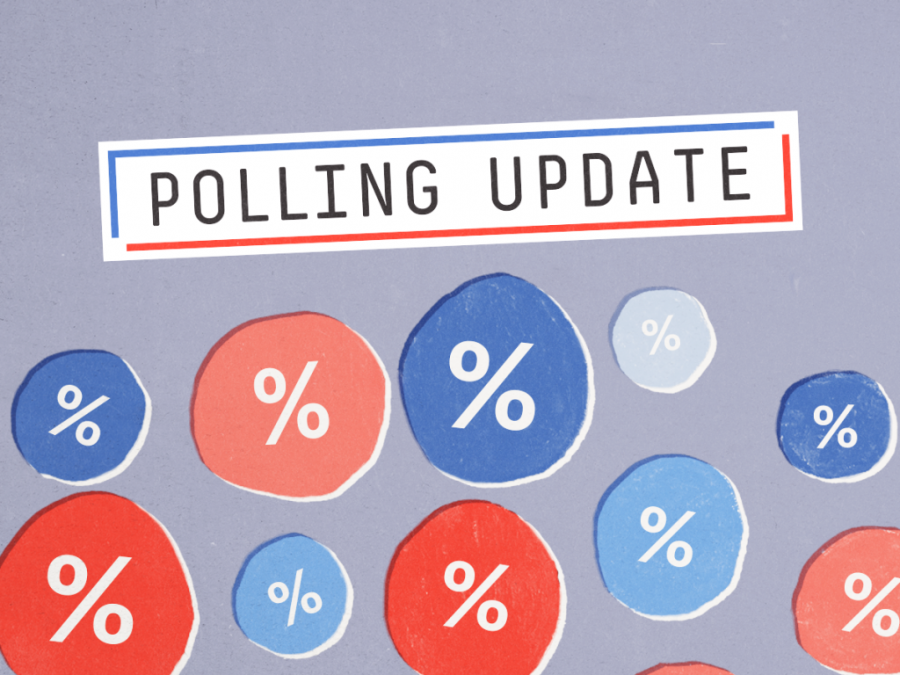Polling Problems
October 21, 2020
Polling is critical when in an election year. This feedback helps to focus campaigning efforts to swing states and help voters understand what the nation’s populous is feeling. These polls are even used as the main factor for the narrowing of candidates during the party primaries. Candidates are assigned a spot on the stage based on these polls, and if a candidate is not doing well enough, they are prevented from even being on stage. For something that affects our elections as much as polls do, it is important to investigate how accurate these polls are compared to the actual elections.
For this article, the polling information is taken from Real Clear Politics. As long as the same polling source is used, the data will be compared to similar parameters. This article compares polling from the 2016 election, the 2016 outcome, and polling from 2020.
When looking at comparisons between the polling and outcomes in some of these states, the differences are substantial. For example, in Michigan, the polls had Hillary Clinton win the state by a comfortable 8.8% of the vote, which turned into a Donald Trump win by 0.3% of the population. That is an unbelievable 9.1% error margin. When looking at polls, a comfortable error margin is approximately around 1-2%. This allows for good approximation, but to have an error margin of 10% effectively means these polls are not representative of the population or even hint toward an accurate outcome. This large error margin is not just in one state, either. It took place nationwide from New Hampshire with an error margin of 7.7% to Arizona, with an error margin of 5%.
The question then becomes how these polls can be so far off from the actual values. The poll-takers are supposed to use a random cross-section of the population to represent voting outcomes accurately. Individual organizations and polls can stack the polls a sure way to show different outcomes by having a polled person be listed as independents despite leaning one way or the other. There is also the silent voter who will either abstain or lie during polling to hide their genuine opinion for many reasons. For info on what causes and motivates a silent voter, refer to my previous article; The Bradley Effect is Important.
Now although polls in the 2016 election were off, why does that matter now? If you were to apply similar trends in 2016 to the current polling, the outcome shifts drastically. In the same swing states where the 2016 election was decided, Joe Biden is leading by a much narrower margin than Hillary was leading. Current Polling has Joe Biden winning by a landslide 324 electoral votes to Trumps 214. This is a drastic difference, but if the same average error margin of 6% among swing states was applied in the 2016 election, the electoral votes shift drastically, to Trump winning in a landslide with 304 electoral votes and Biden having 234 electoral votes. Even with assuming that polls are much more accurate than in recent history and applying a very conservative 3% error margin among swing states. The outcome is Trump winning with a narrow victory of 273 electoral votes to Biden’s 265.
Ultimately, there is no way to know the outcome of the election. Until election day, we will not know the amount of impact caused by silent voters, mail-in voting, voter turnout, and numerous other effects that all play a part in this year’s election. Because of this uncertainty, it is essential to make sure that your voice is heard on November 3rd by going out and casting your vote!










